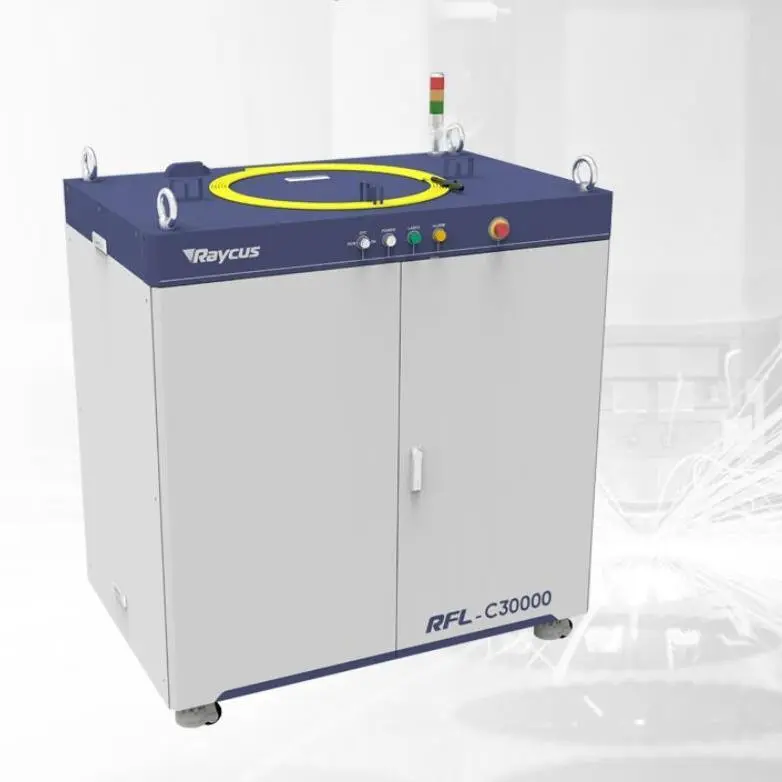****

Exploring the Versatility and Applications of Laser Cutting Machine Metal in Modern Manufacturing and Design
In the realm of manufacturing and design, the technological advancements of recent years have introduced a plethora of innovative tools and methods that enhance efficiency, precision, and creativity. Among these groundbreaking tools, the laser cutting machine metal stands out as a game-changer in various industries. This article delves into the multifaceted applications of laser cutting machines for metal processing, examining their advantages, operational mechanisms, and their impact on modern workflows.
Laser cutting machines utilize high-powered lasers to slice through metal with remarkable precision. These machines work by directing a concentrated beam of light onto the surface of the metal, which causes it to melt, burn, or vaporize, depending on the thickness of the material and the power of the laser. This process not only allows for intricate designs and tight tolerances but also minimizes the risk of material warping, making it an ideal choice for high-stakes applications in industries like aerospace, automotive, and art.

Exploring the Versatility and Applications of Laser Cutting Machine Metal in Modern Manufacturing and Design
One of the primary advantages of using a laser cutting machine metal is its ability to create incredibly detailed cuts in a variety of metals, including steel, aluminum, brass, and titanium. Unlike traditional methods such as plasma cutting or mechanical cutting, laser cutting can achieve intricate designs that would be impossible or exceedingly time-consuming to produce otherwise. This capability is particularly beneficial for the production of custom or bespoke items, where companies can offer clients tailored solutions without the need for extensive handwork.

Exploring the Versatility and Applications of Laser Cutting Machine Metal in Modern Manufacturing and Design
Another significant benefit of laser cutting is its efficiency. Laser cutting machines operate quickly and can be programmed for a wide range of designs, which drastically reduces preparation time and enhances productivity. For manufacturers, this translates to shorter lead times and the ability to meet diverse customer demands rapidly. In an era where speed and efficiency are paramount, the laser cutting machine metal offers businesses a competitive edge.
Moreover, one aspect not to be overlooked is the reduction of waste material. The precision of laser cutting means that the heat-affected zone is very small, which results in less scrap and minimal distortion. This not only benefits the environment by reducing waste but also optimizes material usage, lowering costs associated with raw materials.
The scope of industries benefiting from laser cutting technology is extensive. In the automotive industry, for example, laser cutting machines are utilized for creating complex parts and components that fit together precisely, ensuring vehicle performance and safety. The aerospace sector also employs laser cutting for manufacturing lightweight yet sturdy components, contributing to fuel efficiency and overall aircraft performance.
In addition to industrial applications, the aesthetic realm has also seen a significant impact from laser cutting technology. Artists and designers are now able to create stunning pieces using metal, wood, and even glass due to the flexibility and precision that laser cutting provides. From detailed sculptures to personalized metal signage, the creative possibilities are virtually limitless. This democratization of technology enables artists to push boundaries and experiment with forms that were previously difficult to achieve.
However, while the advantages of laser cutting machine metal are numerous, potential users must also consider the cost implications. High-quality laser cutting machines can represent a significant upfront investment. However, businesses should view this as a long-term asset; the reduced operational costs and increased productivity often lead to a rapid return on investment over time.
Moreover, proper training and maintenance are essential. Users must be well-versed in the operation of these machines to maximize their potential and safeguard against malfunctions. Investing in staff training and regular maintenance routines will optimize the lifespan of the laser cutting machine and ensure consistent quality output.
In conclusion, the laser cutting machine metal has revolutionized various industries by providing unparalleled precision, efficiency, and versatility. Its applications are far-reaching, impacting sectors from manufacturing to art and everything in between. As technology continues to advance and evolve, the capabilities of laser cutting are likely to expand further, opening new avenues for innovation and creativity. Embracing this technology presents immense opportunities for growth and success in a fast-paced, competitive market. As industries continue to seek the balance between quality and efficiency, laser cutting will undoubtedly remain at the forefront of modern manufacturing processes. Metal Fiber Laser Cutter
